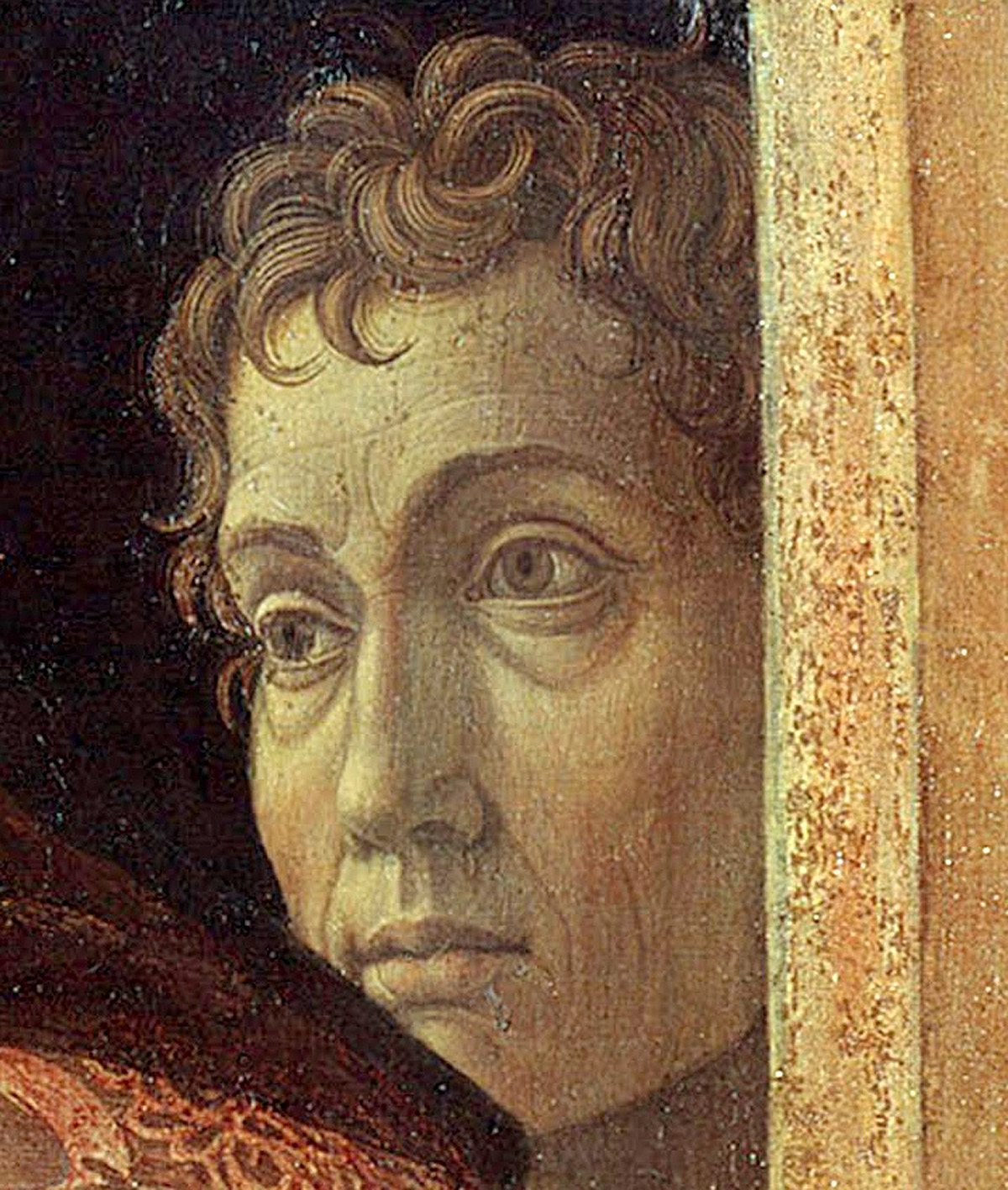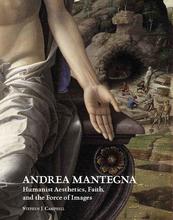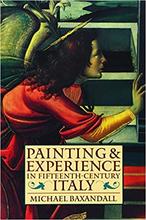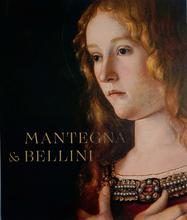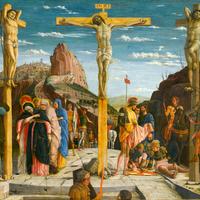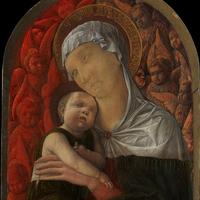More about Andrea Mantegna
- All
- Info
- Shop
Works by Andrea Mantegna

Sr. Contributor
Andrea Mantegna might not be one of the Ninja Turtles, but that doesn’t mean he wasn’t a Renaissance master in his own right
Born in 1431 near Padua, Italy, Mantegna was a leading Quattrocento, or fifteenth-century Italian, painter. This was just before the explosion of artists who commandeered our mainstream knowledge of Italian Renaissance painting – looking at you, Leonardo. There are plenty of Mantegna’s works in the Louvre too, you know.
Mantegna was impressive from the start. He began apprenticing in Francesco Squarcione’s workshop at just eleven years old. After Mantegna’s father died, Squarcione adopted the young artist. Sound cute? Not so much. When he was seventeen, Mantenga brought Squarcione to court to fight for his emancipation on grounds of exploitation and fraud. The drama doesn’t end there, though. By eighteen, Mantegna was already making art alongside the big shots, but he was so young that his older brother had to sign his contract to start working on a job painting a series of frescoes for a church in Padua. A series of unfortunate events (one fellow artist’s death and another’s murderous quarrel) left Mantenga as the main artist on the project. He took this opportunity and ran with it, creating exceedingly realistic images.
Mantegna’s career took off after this first commission, and he actually helped set the precedent of Renaissance artists working for particular families. Just as Michelangelo later became a court artist to the Medicis, in 1459, the Marquis Ludovico Gonzaga hired Mantegna as his court painter. Mantegna continued to serve generations of the Gonzaga family, eventually winning the favor of Isabella d’Este, wife of Francesco Gonzaga and ruler of the city of Mantua, which was no easy feat. Isabella knew her stuff. Having been a sitter for a da Vinci drawing and a Titian painting, she was a great patron of scholars and artists.
Like most other Renaissance artists, Mantegna admired antiquity. In 1464, he and another humanist scholar named Felice Feliciano dressed up like Romans and went on a toga-party-themed boat excursion together. He worked his love for classical sculpture into his own art, creating a unique painting style that imitated the look and feel of ancient sculptures. To recognize his talents, he was knighted in 1484, a rare honor for an artist at the time. Some artists who have since rejected this royal honor are controversial artists like Lucian Freud and Francis Bacon.
When Mantegna died in 1506, the Gonzaga family mourned him as they would a family member. After all, he worked for various Gonzagas for nearly fifty years. By the time of his death, he was internationally renowned, and even Albrecht Dürer looked forward to meeting him. Sadly, the two artists never met, as Mantegna died before Dürer ever made it to Italy.
Sources
- Hartt, Frederick, and David G. Wilkins. History of Italian Renaissance Art: Painting, Sculpture, Architecture. Upper Saddle River, NJ: Pearson Prentice Hall, 2007.
- Jones, Jonathan. “Don’t call me Sir: why do artists snub royal honors?” The Guardian. Art and design. 26 Jan 2012. https://www.theguardian.com/artanddesign/jonathanjonesblog/2012/jan/26/…. Accessed 11 June 2019.
- The J. Paul Getty Trust. “Andrea Mantegna.” Artists. http://www.getty.edu/art/collection/artists/636/andrea-mantegna-italian…. Accessed 11 June 2019.
- The National Gallery. “Andrea Mantegna.” Artists. https://www.nationalgallery.org.uk/artists/andrea-mantegna. Accessed 11 June 2019.

Contributor
For all but the very end of Andrea Mantegna's approximately 76-year life, the "New World" had not yet discovered Christopher Columbus.
Mantegna's father, Biagio, was a carpenter, but by the time his voice dropped, Mantegna the younger deviated from the family biz by becoming the adopted son of the painter Franceso Squarcione, for whom he served as an apprentice. In his twenties, Mantegna said that he produced many paintings in Squarcione's studio, but we haven't located any of them, perhaps because the teenage artist and his adopted father had some family drama, causing Mantegna set out on his own. By 1453, Mantegna married Nicolosia Bellini, whose brother, Giovanni, was a master painter.
Around the age of 30, Mantegna got an offer from Ludovico II Gonzaga, the 2nd Marchese of Mantua, to serve as his court painter. Mantua was to Italy what Redding is to California, or Western Wyoming to the U.S.: not a major center of artistic and cultural activity, unlike Florence, which Mantegna had visited. Still, the Gonzaga position was impossible to turn down, and Mantegna would accept it as soon as he finished his San Zeno altarpiece. In exchange for his excellent compensation, the Gonzagas expected Mantegna to work exclusively for them. Mantegna had to design tapestries, items of heraldry, banners, and whatever else his patrons needed at the moment, in addition to official portraits.
On retainer and limited by the somewhat backwater location of his employers and the specific nature of his commissions, Mantegna produced his greatest work. Sometimes a little limitation is all you need to find the structure required to paint your masterpiece. The painter and decorator Giovanni Santi, Raphael's dad, reserved the highest praise for Mantegna, placing his work above that of everyone else. Rembrandt is among the many later artists who made engravings after Mantegna's work.
Mantegna made brilliant use of foreshortening to create di sotto in sù effects in his immersive works, especially his magnificent Camera Picta (1465–74), A.K.A. the Camera degli Sposi, an 8.1 by 8.1 meter room which displayed the noble frolicking of the Marchese and Barbara of Brandenburg, surrounded by their friends and family. It would be a major influence on Correggio's architectural works and the Baroque era in general. The Italian names for the work mean "pictorial room" or "room of the groom," and, as this was centuries before the invention of modern photography, the name is an amazing example of historical foreshadowing. With its illusion of a skylight, or oculus, at the top of the room, Mantegna manages to shed "light" on the viewer, just like a camera developing film. (This is, in fact, where the term "camera" comes from: the Latin camera obscura, meaning "dark chamber," though that name would not be coined until the 17th century.)
The curator Keith Christiansen has done genius, extraordinarily thorough research on Mantegna and, in the process of curating a Mantegna exhibition in 1992, began a fierce debate with other curators as to whether Mantegna made engravings himself. It's absurd to assume, Christiansen says, that Mantegna made the engravings by "breathing down the neck" of some other guy holding the engraving tools. Furthermore, Christiansen says in a shocking aside that Mantegna's "other side" of bitter rage was provoked when he thought some poor soul had bitten his style, and he accused the guy of sodomy and hired some local thugs, Godfather-style, to beat the guy up. On the other hand, one of the cooler things Mantegna did was designing and constructing a house for himself in Mantua. According to Joanna Woods-Marsden, he was the first European artist to design and build his own house.
Sources
- Ady, Julia Mary Cartwright. Mantegna and Francia. New York: Scribner and Welford, 1881.
- Christiansen, Keith. "The Case for Mantegna as Printmaker." The Burlington Magazine 135, no. 1086 (1993): 604-612.
- Kristeller, Paul. Andrea Mantegna. London: Longmans, Green and Company, 1901.
- Slive, Seymour. Rembrandt Drawings. Los Angeles: Getty Publications, 2019.
- Stern, Adolf, and Andreas Oppermann. Das Leben Der Maler Nach Vasari und Neueren Kunstschriftstellern Für Künstler und Kunstfreunde: Vom Vierzehnten Bis Zum Sechszehnten Jahrhundert. Leipzig: Heinrich Matthes, 1862.
- Waldner, Sira. Andrea Mantegna and the iconographic creation. Roma: Edicit-Editrice Centro Italia, 2009.
- Woods-Marsden, Joanna. Renaissance Self-portraiture: The Visual Construction of Identity and the Social Status of the Artist. New Haven: Yale University Press, 1998.
Featured Content
Here is what Wikipedia says about Andrea Mantegna

Andrea Mantegna (
UK: /mænˈtɛnjə/,
US: /mɑːnˈteɪnjə/;
Italian: [anˈdrɛːa manˈteɲɲa]; c. 1431 – September 13, 1506) was an Italian Renaissance painter, a student of Roman archaeology, and the son-in-law of Jacopo Bellini.
Like other artists of the time, Mantegna experimented with perspective, e.g. by lowering the horizon in order to create a sense of greater monumentality. His flinty, metallic landscapes, and somewhat stony figures give evidence of a fundamentally sculptural approach to painting. He also led a workshop that was the leading producer of prints in Venice before 1500.
Check out the full Wikipedia article about Andrea Mantegna

